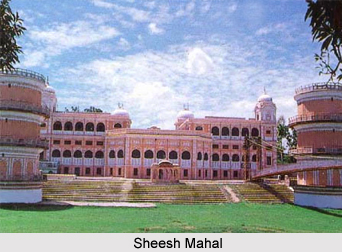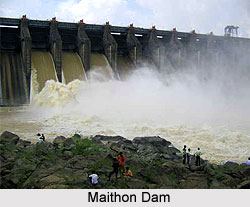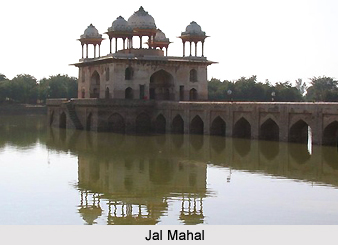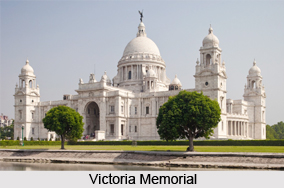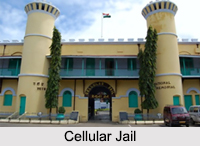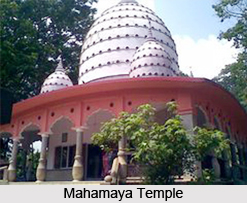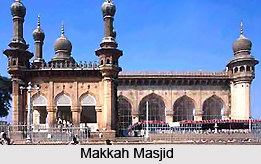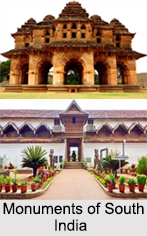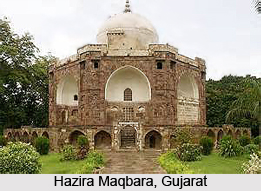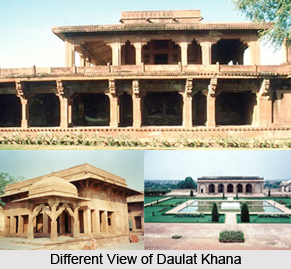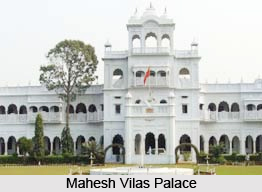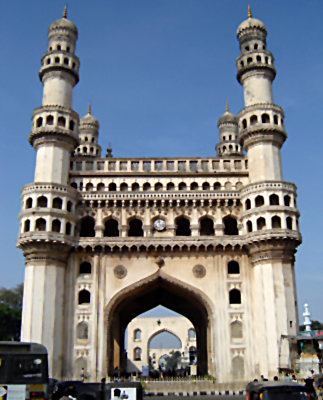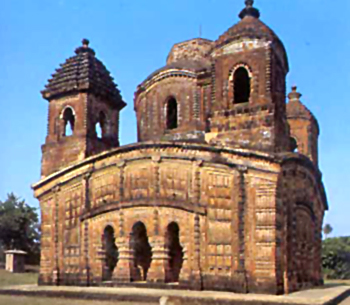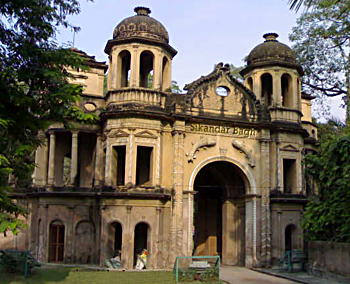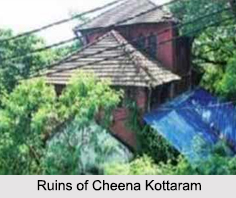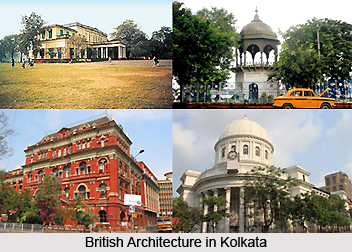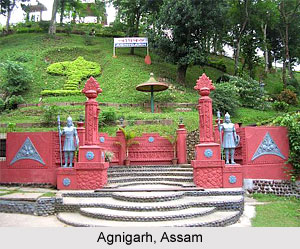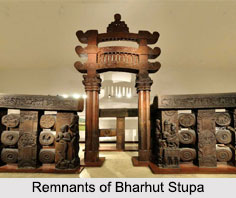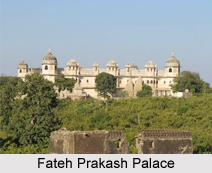 Fateh Prakash Palace is located in the Indian state of Rajasthan. More specifically, this palace is situated inside the Chittorgarh Fort in Rajasthan, near the Rana Kumbha Palace. It boasts of being amongst the most reputed museums of Rajasthan. Visiting the Fateh Prakash Palace will help one experience the rich history and tradition of the place called Chittorgarh. Chittorgarh is a historical city also called the epitome of Chattari Rajput (a Hindu Kshatriya, also known as the warrior caste). It is a place where heroism, nationalism, bravery and sacrifices were displayed by Chattari Rajputs. About 5000 villagers live within the Chittorgarh fort.
Fateh Prakash Palace is located in the Indian state of Rajasthan. More specifically, this palace is situated inside the Chittorgarh Fort in Rajasthan, near the Rana Kumbha Palace. It boasts of being amongst the most reputed museums of Rajasthan. Visiting the Fateh Prakash Palace will help one experience the rich history and tradition of the place called Chittorgarh. Chittorgarh is a historical city also called the epitome of Chattari Rajput (a Hindu Kshatriya, also known as the warrior caste). It is a place where heroism, nationalism, bravery and sacrifices were displayed by Chattari Rajputs. About 5000 villagers live within the Chittorgarh fort.
History of Fateh Prakash Palace
Fateh Prakash Palace was constructed in 1968 AD by Maharana Fateh Singh (1884-1930). During the year 1968, a big portion of the palace was converted into a public museum.
Galleries and Exhibits of Fateh Prakash Palace
Art Gallery, Archaeology, Tribal Woodcrafts and Weaponry are some of the many divisions of the royal museum. The museum is a rich portrayal of the varying tastes of the Rajput kings in the fields of art and culture. Royal vestiges utilized by the then kings are also displayed in the museum of Fateh Prakash Palace. Various sculptures are present inside the premises of the palace museum, some of which include the statue of Lord Ganpati belonging to Pangarh. It is said that this statue had been created in the 8th and 9th century and is quite magnificent. Other awe-inspiring statues of this palace are the Jain Ambica and Indra statues from the village of Rashmi. Such statues can be traced back to the medieval times. Numerous weapons like axes, knives, helmets, ancient shields, daggers and `farsa` are also available in the Fateh Prakash Palace Museum. Uniforms of the brave soldiers of Chittorgarh are also a part of the artifacts preserved in this museum. One would come across some clay replicas of regional tribals clad in their traditional costumes inside the museum. A beautiful fountain and attractive frescoes also adorn this palace. Tourists will notice spectacular paintings alongside the corridors and pillars of Fateh Prakash Palace, which is an essential portion of the Chittorgarh Fort. Art and culture, tradition and past glory are depicted in every pillar and corridor.
Related Articles:
Palaces in Rajasthan
Palaces of India
Lalgarh Palace
Laxmi Niwas Palace
Padmini Palace
Alwar City Palace
Fateh Prakash Palace
